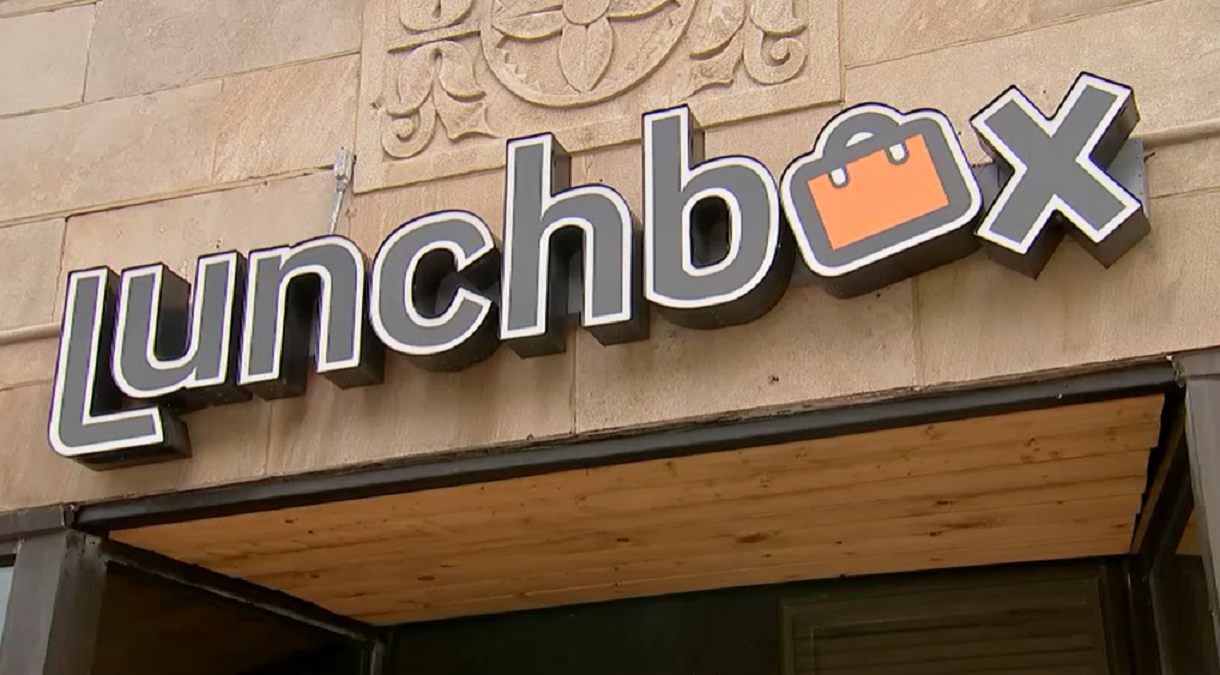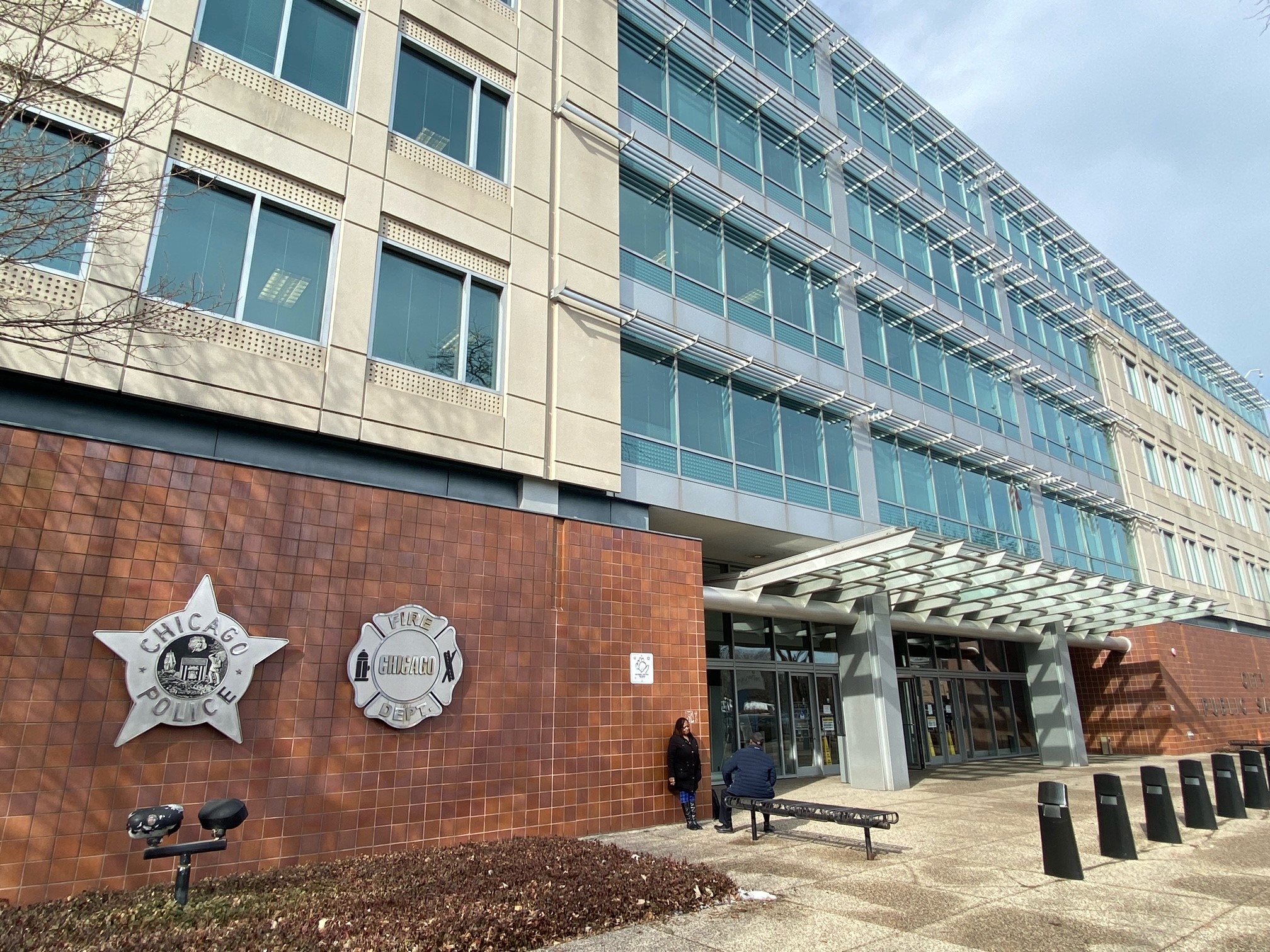“We come from diverse areas of the city,” said Troy McMillian, a member of the Board of Directors for the non-profit group Friends of the Parks.
“We are diverse in age and ethnicity,” she said, adding, “Don’t call me names, don’t call me a chardonnay-drinking elitist.”
Formed in 1975 with a mission to protect Chicago parks, as well as 24 miles of lakefront land, Friends of the Parks has been both praised and damned in its two-year battle with movie mogul George Lucas.
At issue was the proposed Lucas Museum for the Narrative Arts which he, along with his wife Mellody Hobson, wanted built on the city’s lakefront.
In an unprecedented interview, eight of the 25 board members, along with Executive Director Juanita Irizarry, agreed to talk about what they did and the asphalt parking lot next to Solider Field that became ground zero.
Years ago, says Irizarry, the city pledged to turn the lot into green space.
Local
“They have failed to live up to their own commitments,” she said, “because they enjoy the revenue that comes from that parking lot.”
In October 2015, Lucas and Hobson won city approval to build the museum on the site.
“It became very clear as that progressed that this was going to be a rubber stamp,” said board member Fred Bates. “It was a done deal from the beginning.”
“It was more like a vanity project,” said Thurman Foreman, also a board member. “That’s how I saw it.”
Friends of the Parks had already filed a federal lawsuit arguing the land was public--and protected--space, and that Lucas could, and should, build elsewhere.
After months of public debate with neither side relenting, Lucas and Hobson announced in June 2016 they would look elsewhere. Lucas cited the ongoing litigation and Hobson accused Friends of the Parks of hijacking the process that would have led to a cultural enrichment for Chicago.
Museum supporters decried the loss of jobs and opportunities for children of color.
“Black and brown children, white children, children of all colors would have enjoyed that museum anywhere,” said Pat Ballman. “It did not need to be the lakefront.”
“The Art Institute is not there, the Peggy Notebaert Museum is not there, said Deborah Strauss, countering an argument by Mayor Rahm Emanuel that the Lucas Museum should be part of the Museum Campus. “So this whole campus argument seems to be specious."
In the very public battle, the group was belittled as North Side snobs.
Father Michael Pfleger likened them to the Gangster Disciples. They were Public Enemy Number One to some.
“I didn’t think about it,” said Sylvia Y. Jones, an African-American board member for five years. “You have to have thick skin about it and I have thick skin and I love what I do, so it's not work and it’s not harmful to me. You know I could care less what they say.”
“To be very clear we were completely in favor of the museum,” Brian Whitehead added. “There are many alternate sites, including one 600 feet to the west.”
But disharmony, the mayor claimed, caused division even in the group's own debate.
“Boards have healthy arguments, healthy disagreements," said Strauss, a five-year board member, “otherwise that board is a rubber stamp.”
“When someone wants to invest $750 million in our city, we should take that very seriously,” said Paul Boyd, the chief dissenter on the board.
Still the conditions of the lease caused him concern.
“If [Lucas] chose to leave after 10 years, he gets the right to take his collections back,” Boyd said. “If you donate your assets to the Art Institute, you don’t get them back. Sue doesn't come back if the Museum of Science and Industry falters and fails.”
Political tempers became taut, none more aggravated than the mayor.
“I asked him was he mad at me? He said, 'Yes.' I said, 'Well give a hug' and we hugged,” recalled Sylvia Jones.
The battle over the museum has not exhausted the group, said Thurman Foreman, who noted, “The Lucas Museum highlighted Friends of the Parks, highlighted our mission.”
A mission grounded in the vision of Daniel Burnham, they say, to keep 24 miles of lakefront property forever open, clear and free.
“This is one man’s vision,” said Fred Bates, "but [Lucas] should not be asking for a donation of an almost priceless part of our public history and legacy to house his museum."



